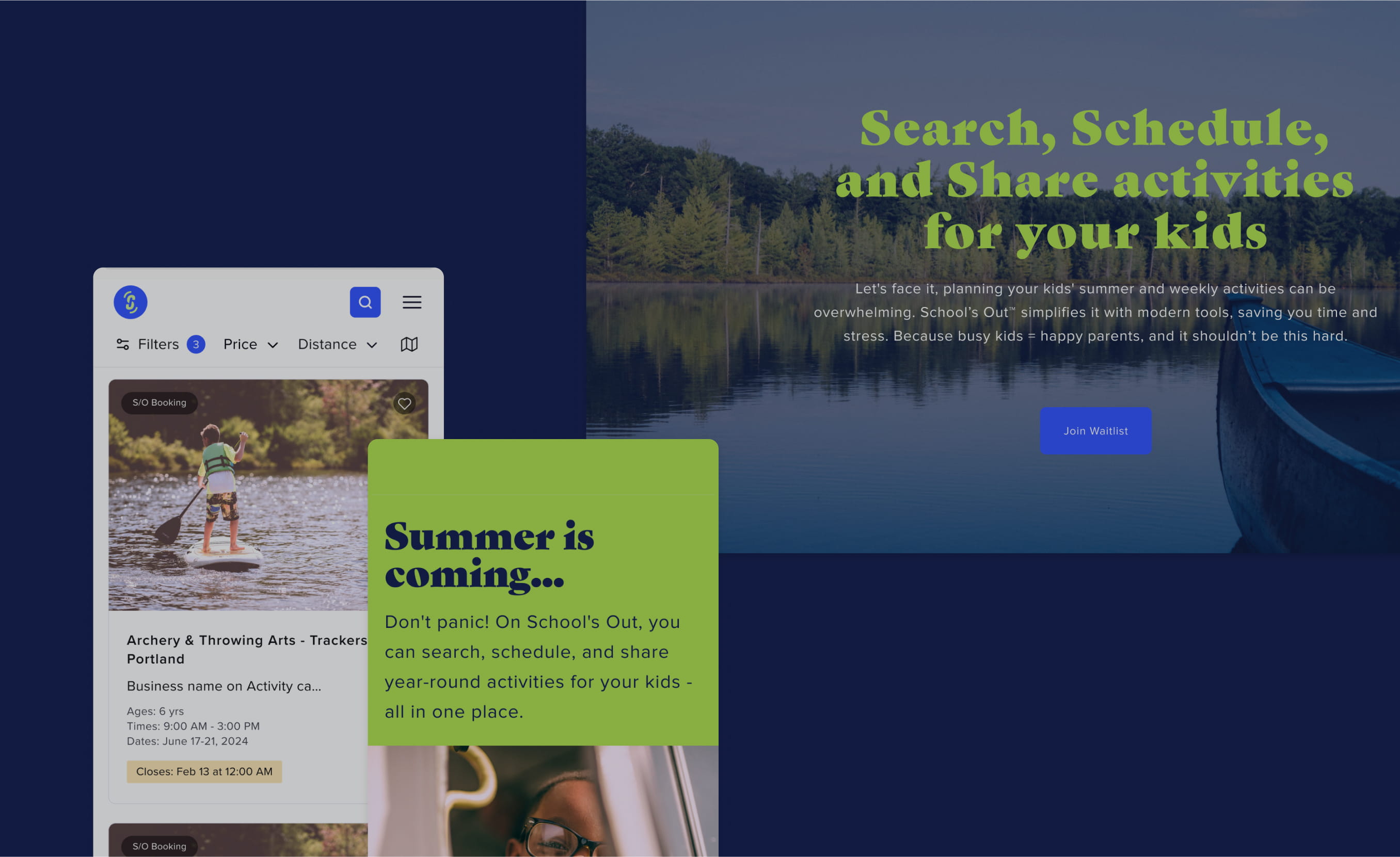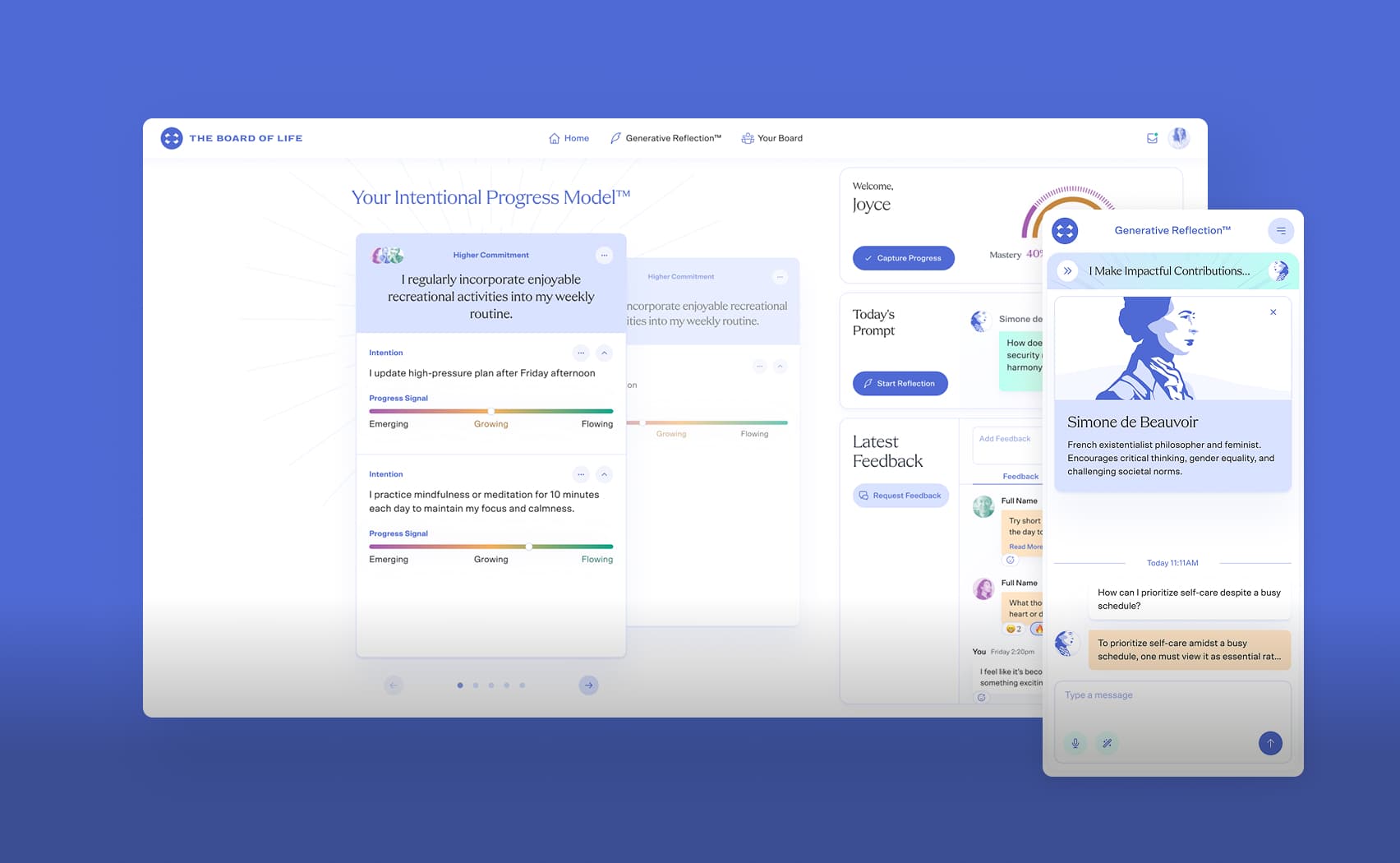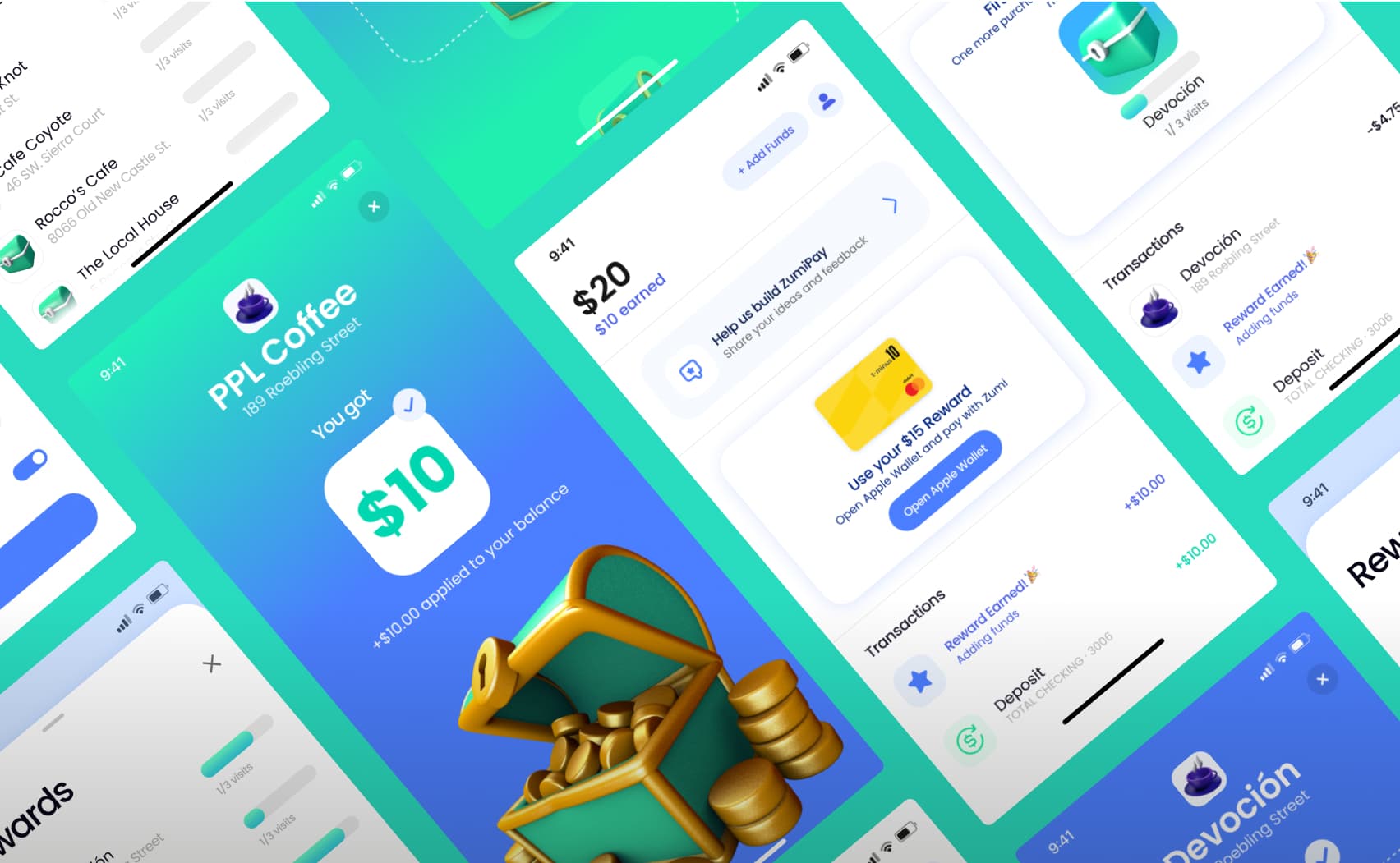Tech Jargon Decoded: A Glossary for Non-Technical Founders
The tech industry is notorious for its abundance of jargon, acronyms, and complex terminology that can leave even the most seasoned entrepreneurs scratching their heads. It can be especially daunting for non-technical founders – another barrier they must face as they strive to build a successful tech startup.
For these entrepreneurs, the need to understand common tech jargon can add stress. To help, we’ve decoded some of the most important tech terms and concepts for non-technical founders.
By the end, you’ll be fluent in tech-speak, having unlocked a new level of understanding on your entrepreneurial journey.
What is Tech Jargon?
Tech jargon refers to the specialized language and terminology used within the technology industry. It includes a wide range of terms, acronyms, and expressions that are specific to the tech industry.
Decoding tech jargon is crucial for effective communication between technical and non-technical founders. It’s important to break down complex concepts into simpler terms to make them more understandable for a broader audience.
Most Common Tech Jargon
Let's dive into some of the most common tech jargon you're likely to encounter as a non-technical founder. These terms are the building blocks of tech conversations and are frequently used in the day-to-day operations of startups and technology companies.
API (Application Programming Interface)
An API is a set of rules that allows one software application to interact with another. It defines the methods and data formats that applications can use to request and exchange information.
Imagine you have a mobile app for your startup, and you want to allow users to sign in using their social media accounts. To achieve this, you can leverage social media APIs, such as the Facebook Graph API or the Twitter API.
Blockchain
Blockchain is a decentralized and distributed ledger technology used to securely record and verify transactions across multiple computers. It is the underlying technology behind cryptocurrencies like Bitcoin and has applications beyond finance, such as supply chain and healthcare.
Backend
The backend refers to the server-side of an application, where data is processed, and business logic is executed. It's responsible for managing databases, handling user authentication, and performing other behind-the-scenes operations.
Frontend
In contrast, the frontend is the user interface of an application that users interact with. It includes elements like buttons, menus, and layouts, all designed to enhance the user experience.
Big Data
Big Data refers to massive sets of structured and unstructured data that are challenging to process using traditional database management tools. It involves analyzing and extracting valuable insights from large volumes of information.
Cloud Computing
This involves the delivery of computing services, including storage, processing power, and software, over the internet. It enables businesses to access and use these resources without the need for physical infrastructure.
Amazon Web Services (AWS) is a popular cloud platform. Users use AWS to host and scale their applications, store and analyze data, and take advantage of various cloud-based resources without the need to invest heavily in physical infrastructure.
Content Delivery Network (CDN)
CDNs are distributed networks of servers that work together to deliver web content, such as images and scripts, to users based on their geographic location. This improves website performance by reducing latency.
Cookies
Cookies are small pieces of data stored on a user's device by a web browser. They play a crucial role in tracking user sessions, storing preferences, and facilitating personalized experiences on websites.
CSS (Cascading Style Sheets)
CSS is a style sheet language used to control the presentation and layout of web pages. It defines how elements like text and images should appear, allowing developers to design visually appealing websites.
IoT (Internet of Things)
IoT describes the network of interconnected devices that communicate and share data with each other through the internet. These devices, ranging from smart home gadgets to industrial sensors, aim to enhance efficiency and convenience.
Low Code/No Code
Low code and no code refer to development platforms that enable users to create applications with minimal hand-coding, reducing the need for traditional programming skills. These platforms let non-developers contribute to application development.
While beneficial for rapid development, startups need to exercise caution, as these platforms may have limitations in scalability and customization.
Open Source
Open-source software is a type of software whose source code is made available to the public. This encourages collaboration and allows anyone to view, modify, and distribute the software, fostering innovation within the tech community.
The operating system, Linux, is an example of open source software. Mozilla Firefox is another example. Users can view, modify, and distribute its source code, fostering community collaboration and ensuring that users have control over their online experiences.
UI/UX Design
User Interface (UI) and User Experience (UX) design focus on creating visually appealing and user-friendly interfaces for software or websites. UI design deals with the look and feel, while UX design focuses on overall user satisfaction and usability.
Navigating Tech Speak as a Non-Technical Founder
As a non-technical founder, it’s important to have an understanding of common tech jargon. Whether you’re meeting with investors, aiming to employ a technical co-founder, or looking to hire a software development partner, your ability to decode the language of tech will impact success.
Are you a non-technical founder looking for a software development partner to bring your idea to life? JetRockets has extensive experience building award-winning software solutions for non tech entrepreneurs. Learn how we can help you through every step of your MVP journey.



